There are two kinds of photographers: those who have known the film, and everyone else. The Nikon Df is a jewel entirely dedicated to the first type, and you can guess it also by a feature not appreciated at first, careless glance.
Esistono due tipi di fotografi: quelli che hanno scattato con la pellicola, e poi tutti gli altri. La Nikon Df è un gioiello di tecnologia dedicato interamente al primo tipo, e lo si può intuire anche da una peculiarità non apprezzabile a un primo, sbadato colpo d’occhio.
On his back there’s not the red button dedicated to the video function: the Df is a camera at 100%. It’s not a trivial matter: put on the market a digital SLR (single lens reflex) without the video feature, a feature that is fashionable and highly requested by users, is a choice apparently uneconomical, and even risky from a business perspective. Has Nikon become crazy? There are two answers. The first one is: no, Nikon didn’t go out of mind and a such choice is possible just because its name is Nikon (but also thanks to the MITI, the powerful ministry of the Japanese industry). In SLR, the instant return mirror produces the well-known metallic noise after shooting, a noise you hear in many movies and is even imitated as sound effect in other devices: compact cameras, mobile phones and tablets. But there’s a story behind the patent for the instant return mirror of the SLR, a story that few people know.
Sul suo dorso non è presente il pulsantino rosso dedicato alla funzione video: la Df è una macchina fotografica al 100%. Non è cosa da poco: porre sul mercato nel 2013 una digital reflex priva della funzione video, ovvero una caratteristica alla moda e altamente richiesta dagli utenti comuni, è una scelta apparentemente antieconomica, e pure azzardata dal punto di vista aziendale. Che alla Nikon siano impazziti?Ci sono due risposte: la prima è che no, alla Nikon non sono andati fuori di testa e una simile scelta se la può permettere proprio perché si chiama Nikon (ma anche per merito del MITI, il potente ministero dell’industria giapponese). Nelle reflex, il ritorno istantaneo dello specchio dopo lo scatto produce quel rumore metallico ben noto che sentite anche in molti film e che viene imitato a livello di effetto sonoro da altri apparecchi come compatte, cellulari e tablet. Ma c’è una storia dietro al brevetto del ritorno istantaneo dello specchio delle reflex, una storia che pochi conoscono.
Pentax has been to invent the instant return mirror system in the way we know, but encountered great difficulties in Japan due to a patent of a similar but less effective project registered by another producer. Then Pentax tried to patent it in the U.S., but a few months before reached the approval, in June 1959 Nikon marketed the F model equipped with the Pentax’s mirror system. Mr. Saburo Matsumoto, chairman of Asahi Pentax, sent an official letter of protest to Nikon demanding the recognition of the patent. Situation was boiling: a small company had invented an exceptionally efficient system able to take flight the entire Japanese photographic industry, a thing that would have been hindered by that patent. It was for this reason that the MITI intervened, who decided to sacrifice Pentax forcing her to assign the rights at symbolic prices before to Nikon, then to all the other manufacturers. Has to reflect as a decision imposed out the rules of the market can distort the fate of entire industrial groups. Thanks to that state aid, Nikon and Canon have become global giants, while Pentax never recovered by that wrong, ending dismembered in its industrial assets and today downgraded to simple brand of another company. If you want to understand how far you push the humiliation of a historic brand of photography, you can just read the word written below the K3‘s back display. It’s as if one day, cuddling your new Daiwa roubaisenne comfortably sitting in your prefered armchair, you find the words “made in Shimano” on the back. Really a very sad thing.
Fu Pentax ad inventare il ritorno estantaneo dello specchio nel modo in cui lo conosciamo, ma incontrò grosse difficoltà a brevettarlo in patria a causa di un’invenzione simile (ma meno efficace) registrata da un altro produttore. Allora Pentax tentò di brevettarlo negli USA, ma qualche mese prima che giungesse l’approvazione, nel giugno 1959 Nikon introdusse sul mercato il suo modello F dotato proprio del sistema di specchio Pentax. Il signor Saburo Matsumoto, l’allora presidente della Asahi Pentax, inviò una lettera ufficiale di protesta alla Nikon pretendendo il riconoscimento del brevetto. La situazione era bollente: una piccola azienda aveva inventato un sistema eccezionalmente efficace in grado di far spiccare il volo all’intera industria fotografica giapponese, una cosa che invece sarebbe stata impedita proprio da quel brevetto. Fu per tale ragione che intervenne il MITI, il quale decise di sacrificare Pentax obbligandola a cedere i diritti sull’invenzione a prezzi simbolici prima propio a Nikon, poi a tutti gli altri costruttori. Deve far riflettere come una decisione imposta al di fuori delle regole del mercato possa stravolgere il destino di interi gruppi industriali. Grazie a quell’aiuto di stato, Nikon e Canon sono diventate colossi incontrastabili mentre Pentax non si riprese mai dal torto subito, finendo smembrata nei suoi assets industriali e oggi declassata a semplice marchio di un altra azienda. Se volete capire fino a che punto si è spinta l’umiliazione di uno storico brand della fotografia, vi basterà leggere la parola scritta sotto il display posteriore della K3, ultima nata della ex azienda di Tokio. È come se un giorno, coccolando la vostra nuova roubaisenne Daiwa comodamente seduti sulla poltrona di casa vostra, vi accorgeste che sul retro capeggia la scritta “made in Shimano”. Davvero una cosa molto triste.
Now you know that some unconventional choices can only be proposed by those who have the name and the commercial strength to impose them, but there’s something more. The second reason why today you can offer a high-end digital SLR without video function, you can seize by looking at the picture above, in which Df is portrayed next to the notorious F model of 1959.
Ora sapete che certe scelte controcorrente posso essere proposte solo da chi ha il nome e la forza commerciale per poterle imporre, ma c’è qualcosa di più. Il secondo motivo per cui oggi si può proporre una reflex di alta fascia senza funzione video lo potete cogliere voi stessi osservando la foto sopra, nella quale la Df è ritratta accanto alla famigerata F del 1959.
This model was created to a well identified target: professional photographers and amateurs who use the camera to create images. No one doubts the convenience of a technology that can produce movies if necessary by pressing the little red button, but honestly, and I speak as amateur photographer, during this life I haven’t felt the need to make one video.
Questo modello nasce per un target ben identificato: fotografi professionisti e amatori che usano la macchina fotografica per creare immagini. Nessuno mette in dubbio la comodità di una tecnologia in grado di produrre filmati premendo all’occorrenza il pulsantino rosso, ma sinceramente, e parlo da fotografo appassionato, durante questa esistenza non ho ancora sentito il bisogno di realizzare un solo video.
This isn’t a trivial matter: photography and video are different things, with only a few rules in common. Video filming requires many more variables to be monitored, so that a decent photographer may not be able to make decent videos. This is the reason why You Tube is literally clogged with shoddy products made by unsuspecting SLR, all cameras handled by the mass of ordinary users.
Anche questa non è una cosa da poco: fotografia e video sono mondi diversi, con solo poche regole in comune. Il video richiede molte più variabili da tenere sotto controllo, onde per cui chi fotografa decentemente non è detto che sappia realizzare altrettanto decentemente dei video godibili. Questo è il motivo per cui You Tube è letteralmente intasata da prodotti scadenti realizzati da reflex insospettabili, reflex maneggiate dalla massa degli utenti comuni.
As for me, I admit it candidly: my Alpha 700 doesn’t have the red button, so she put me away from unhealthy temptations. Even for this reason I love a lot my dear Sony. The Df also has a small record: is the first SLR in retro style. Not an absolute novelty, since both Olympus and Fujifilm have in their catalog products in sixties and seventies style, but no one had ventured to do the same with a SLR till now, even more full frame. It is an important thing? If a site like Canon Rumors has bothered to dedicate a post to her, the answer can only be: yes.
Per quanto mi riguarda, lo ammetto candidamente: la mia Alpha 700 non dispone del pulsantino rosso, cosa che mi ha messo al riparo da malsane tentazioni. Anche solo per questo devo tantissimo alla mia Sony. La Nikon Df ha anche un piccolo record: è la prima reflex in stile retrò. Non una novità assoluta, giacché sia Olympus che Fujifilm hanno in catalogo prodotti dalle linee anni sessanta-settanta, ma nessuno finora si era azzardato a fare altrettanto con una reflex, tanto più full frame. È questa una cosa così importante? Se un sito come Canon Rumors si è preso la briga di dedicarle un post, la risposta non può che essere affermativa.
Price: $3,000 for the camera body with the 50 mm special edition lens represent a clear indication that it isn’t an object for the mass of ordinary users, as well as the rest of its features let you imagine. Df ‘s body is weather sealed, proof of dust and moisture (but be careful: it sealed doesn’t mean underwater!). The yellow lines you see in the picture above show the seals placed to guard to the sensitive points, a feature to be considered standard for camera bodies with a cost over thousand euro.
Il prezzo: 3.000 dollari per il corpo macchina più l’obiettivo da 50 mm in edizione speciale rappresentano una chiara indicazione di quanto essa non sia un oggetto destinato alla massa degli utenti comuni, come pure il resto delle sue caratteristiche lasciano intuire. Il corpo della Df è tropicalizzato, ovvero a prova di polvere e umidità (ma attenzione: tropicalizzato non significa subacqueo!). Le linee gialle che vedete nella foto sopra indicano le guarnizioni poste a guardia dei punti sensibili, una caratteristica da considerare standard per corpi macchina dal costo superiore ai mille euro.
Another point of merit: the sensor. There are two important features that concern the light-sensitive element, two characteristics which are intimately related: size and quantity of pixels. ‘Big sensor, best quality‘, is the second most important thing that you have to think when you’ll be in front of a shop window with compact cameras, amateur SLR and professional SRL (the first thing concern the optical elements, but now we don’t care). In all three classes of devices exhibited in that window you could see printed ’16 MP’ on the camera’s body (it means 16 million of pixels), an absolute value that hides a trap just as absolute.
Altro punto di pregio: il sensore. Sono due le caratteristiche importanti che riguardano l’elemento sensibile alla luce, due caratteristiche tra loro intimamente correlate: le sue dimensioni e la quantità di pixel in esso stipati. ‘Grande sensore, qualità migliore’, è la seconda cosa più importante a cui dovrete pensare quando vi troverete davanti a una vetrina con esposte fotocamere compatte, reflex amatoriali e reflex professionali (la prima riguarda gli elementi ottici, ma adesso non ci interessano). In tutte e tre le classi di apparecchi fotografici esposti in quella vetrina potreste vedere stampati sul corpo macchina la dicitura 16 MP (16 milioni di pixel), un valore assoluto che nasconde un’insidia altrettanto assoluta.
This photo is interesting for two reasons. The first one: the raised mirror in both SLR allows to compare the two types of sensor (a FF on the medium-high class D600 and an APS-C on the economic D3200, both with 24 MP). The second interesting thing concerns a serious manufacturing defect: introduced in the market in 2012, many users have complained that the D600′s shutter soil the sensor with micro drops of lubricant. Rumors spread by some mischievous canonian, or something founded? Nikon’s answer was the presentation of the D610 a few months ago, basically the same model with a new shutter. To understand the gravity of the thing, try to think of a €2,000 pole, produced in thousands, whose first five pieces get detached from the rest of the pole by the pull of a crucian. After the initial shock of seeing your rod floating into the lake, you decide to fit another kit in and… even this one greets you. Something very serious. If someone will propose you the purchase of a D600 at a great price, well, be careful: it’s appropriate to think that in this world nobody presents anything to nobody (this camera is a huge pain in the ass, litterally!).
Questa foto è interessante per due motivi. Il primo: lo specchio sollevato di entrambe le reflex permette di confrontare i due tipi di sensore (un FF sulla D600 di classe medio-alta, e un APS-C sulla economica D3200; entrambi hanno 24 MP). La seconda cosa interessante riguarda un grave difetto di fabbrica: introdotta sul mercato nel corso del 2012, molti utenti hanno lamentato il fatto che l’otturatore della D600 sporca il sensore con microgocce di lubrificante. Voci messe in giro da qualche canonista dispettoso, oppure qualcosa di fondato? La risposta di Nikon è stata la presentazione pochi mesi fa della D610, in pratica lo stesso modello dotato di un nuovo otturatore. Per capire la gravità della cosa, provate a pensare a una roubaisienne da 2000 euro prodotta in migliaia di esemplari, i cui primi cinque pezzi si staccano dal resto della canna sotto la trazione di un carassio. Dopo lo shock iniziale di vedere la vostra punta portata a spasso per il lago, decidete di inserire un altro kit e… anche questo vi saluta. Una cosa decisamente grave. Se mai vi proporranno l’acquisto di una D600 a un prezzo eccezionale, beh, è proprio il caso di pensare che a questo mondo nessuno regala niente a nessuno.
If in your life you happened to pick up in hand a slide or a developed negative, the speech I will do is easier to understand. In photography (and also in video) is called ‘full frame’ the sensor who has the same size of the film frame (36×24 mm, on the left in the photo above), and FF (full frame) is considered the standard in professional photographic equipment. It is expensive to produce (so they say) and therefore finds place only within a certain price range; it starts from a minimum of € 2000 for the only body of a Canon 6D or a Nikon D610. A step below that’s the so-called APS-C (circa 24×16 mm): smaller, easier and cheaper to produce than the FF (so they say) and therefore it can be found on 90% of SLR on the market. About APS-C prices, you can find basic models such as Canon 700D, Nikon D3200, Pentax K500 at around €600 (all accompanied by economic as well as very valid standard zoom).
Se in vita vostra vi è capitato di prendere in mano una diapositiva o un negativo sviluppato, il discorso che sto per fare vi sarà sicuramente più semplice da comprendere. In fotografia (e nel settore video) si definisce ‘full frame’ un sensore che ha le stesse dimensioni del fotogramma della pellicola (36×24 mm, quello a sinistra nella foto sopra), e il FF (full frame) è considerato lo standard degli apparecchi fotografici professionali. È costoso da produrre (così dicono) e pertanto trova posto solo all’interno di una certa fascia di prezzo; diciamo che si parte da un minimo di 2000 euro solo corpo per la Canon 6D e la Nikon D610. Un gradino più sotto si trova il cosiddetto l’APS-C (circa 24×16 mm), più piccolo, più facile ed economico da produrre rispetto al FF (così dicono) e pertanto lo si trova sul 90% delle reflex in commercio. Per quanto riguarda l’APS-C si parte con prodotti economici come la Canon 700D, la Nikon D3200, la Pentax K500 (tutte rigorosamente corredate di economici quanto validissimi zoom standard).
The digital compact cameras’ sensors are even smaller than the APS-C ones, whose dimensions are generally given in inch fractions. Another golden rule to keep in mind: big pixel, better quality (leaving out the optical elements, even more important than the sensor for the final result). You can consider the pixel as the smallest unit on the sensor’s surface having the function of capturing the light signal. Now, sensors of different sizes filled with the same number of pixels provide a different image quality, but why this happens? Because the pixels’ ability to capture the light depend on their physical dimensions: largest pixel, best pixel (another golden rule). The 16 million pixels of an APS-C sensor will have a few more problems to capture images in less than optimal lighting conditions compared to those of a FF (being these largest), while problems will be gigantic for the 16 million pixels crammed against their will in a sensor large 2/3 of an inch. The 16 MP which I used in this example are not random: you can consider the maximum advisable for a APS-C sensor (by far the most common in digitla SLR), while 24 MP are about for the FF. Beyond these thresholds, we leave the photographic logic to enter into the reign of Marketing and of its perverse laws.
Sulle cosiddette ‘compatte digitali’ vengono montati sensori ancora più piccoli dell’APS-C, le cui dimensioni sono indicate in frazioni di pollice. Altra regola d’oro da tenere a mente: pixel grande, migliore qualità (continuando a prescindere dagli elementi ottici, ancora più importanti ai fini del risultato finale). Potete considerare il pixel come la piccola unità presente sulla superficie del sensore avente la funzione di captare il segnale luminoso. Ora, sensori di diverse dimensioni riempiti dello stesso numero di pixel offrono una qualità d’immagine differente; ma perché avviene questo? Perché la capacità dei pixel di captare la luce dipende dalle loro dimensioni fisiche: pixel grande, pixel migliore (altra regola d’oro). I 16 milioni di pixel di un sensore APS-C avranno qualche problema in più a captare le immagini in condizioni di luce non ottimale rispetto a quelli di un FF (essendo questi più grandi), mentre i problemi si faranno giganteschi per i 16 milioni di pixel stipati contro voglia in un sensore da 2/3 di pollice. I 16 MP che ho usato in questo esempio non sono casuali: potete considerarlo il limite massimo consigliabile per un sensore APS-C (in assoluto il più diffuso nelle reflex), mentre 24 MP lo sono per quello FF. Oltre queste soglie si abbandona la logica fotografica per entrare nel regno del Marketing e delle sue leggi talvolta perverse.
If you think that this photo looks incoherent with the Nikon Df, you’re right: the ones you see are a mobile phone and a Canon EOS 5D (Mark II or III). I decided to put it in the article because is significant and allows me to reinforce a concept: this two devices are both able to take pictures, obviously with different qualitative characteristics. In this example differences in size between the sensors are extreme, as are the optics too.
Se pensate che questa foto sembri fuori tema e non centri nulla con la Df, avete ragione: quelli che vedete sono un cellulare e una Canon EOS 5D (Mark II oppure III). Ho deciso di inserirla nell’articolo perché è comunque significativa e mi permette di rafforzare un concetto: quelli che vedete sono due apparecchi in grado di scattare foto, con caratteristiche qualitative evidentemente diverse. In questo esempio le differenze di dimensioni tra i sensori sono estreme, così come lo sono le ottiche.
Keep in mind something else: sensors clogged up in pixels produce exacting files hard to manage even by recent computer and fill many memory on the hard disk; I’m referring to recent amateur SLR cameras with 24 MP APS-C sensors which are invading the stores (any reference to the Nikon D3200, D5200, D5300, D7100 or to the various Sony Alpha is not casual). Personally, I would have no hesitation in choosing between an ‘old ‘ Nikon D7000 (16 MP, APS-C) and the new D7100 (24 MP, APS-C), or between the ‘old’ D700 (FF, 12 MP) and the new D800 (FF, 36 MP). Now, be careful: a €50 compact camera into the hands of a real professional photographer will create flawless images, at the same way a hundred times more expensive super-professional reflex will produce unspeakable crap when used by those who don’t even know on which planet they live. It’s not the sensor size or the number of MP to make the difference between a perfect image and a rude click, but the mind of those who use the device.
Tenete presente anche un’altra cosa: sensori oberati di pixel producono file impegnativi da gestire per computer anche solo con qualche anno alle spalle, oltre a occupare molta memoria sull’hard disk; con questo mi riferisco a reflex amatoriali con sensori APS-C da 24 MP che da qualche tempo stanno invadendo gli scaffali dei negozi reali o virtuali che siano (ogni riferimento alle Nikon D3200, D5200, D5300, D7100 o alle varie Sony Alpha di pari segmento sono puramente voluti). Personalmente, non avrei esitazioni nella scelta tra una ‘vecchia’ Nikon D7000 (APS-C da 16 MP) e la nuova D7100 (APS-C da 24 MP), oppure tra la ‘vecchia’ D700 (FF da 12 MP) e la nuova D800 (FF da 36 MP). Ora fate attenzione: una compattina da 50 euro nelle mani di un professionista degno di questo nome creerà immagini ineccepibili, allo stesso modo in cui una superprofessionale cento volte più costosa produrrà schifezze inenarrabili quando usata da chi non sa nemmeno su quale pianeta vive. Non è la dimensione del sensore o il numero di MP a fare la differenza tra un’immagine perfetta e un click scabroso, ma quello che c’è dentro la testa di chi usa l’apparecchio.
If you’re planning to buy an amateur SLR, there are three tips that I can tell you: first of all avoid let yourself be seduced by the amazing descriptions served up by salesman, all the even more so when they fall repeatedly on the amazing MP contained in the sensor of last generation. Second tip: don’t discard used equipment. Digital photography reflects the same attitude of the products with high technological content: a fierce devaluation. Unlike what happened in the days of film, at the time of the digital photography will not be hard to find higher-end products at excellent prices. Just contact for proven reliability retailers who offer equipment with the sensor already cleaned (you will not have to do this operation: considered the costs of replacement, an used SLR with the scratched sensor is equivalent to an original paperweight and nothing more). Third and last tip: try to find interest for this wonderful hobby. Photography can give great satisfactions, plus it helps you to see the world with different eyes.
Se siete intenzionati ad acquistare una reflex di fascia amatoriale, sono tre i consigli che mi sento di darvi: anzitutto evitate di lasciarvi sedurre dalle mirabolanti descrizioni propinate dal commesso, tanto più quando queste cadranno ripetutamente sui mirabolanti MP contenuti nel sensore di ultima generazione. Secondo consiglio: non scartate a priori il mercato dell’usato. La fotografia digitale sconta la stessa attitudine dei prodotti ad alto contenuto tecnologico: una svalutazione feroce. A differenza di quanto avveniva ai tempi della pellicola, ai tempi del digitale non sarà difficile trovare prodotti di fascia superiore a prezzi sorprendenti. Solo cercate di rivolgervi a negozianti di provata affidabilità che offrono apparecchi con il sensore già pulito (operazione che in nessun caso dovrete fare voi: considerati i costi della sostituzione, una reflex usata con sensore graffiato equivale ad un originale fermacarte e nulla più). Terzo e ultimo consiglio: cercate di interessarvi a questo meravigliosa passione. La fotografia sa regalare soddisfazioni impagabili, e in più aiuta a vedere il mondo con occhi diversi dai comuni mortali.
The new Nikon’s gem has a FF 16 MP sensor, the same as the professional D4 (producted by Sony, unlike Canon and Fujifilm that produce sensors by themselves). Together with the 18 MP Canon 1D -X, today it represents the maximum for the vast majority of common uses, with size of individual pixels that ensure absolute quality results even at medium-high sensitivity (to be set when the light is low or need a fast shutter speed).
Tornando alla Df, il nuovo gioiellino di casa Nikon monta un sensore FF da 16 MP, lo stesso della professionalissima D4 (di produzione Sony, a differenza di Canon e Fujifilm che se li autoproducono). Assieme al 18 MP della Canon 1D-X, oggi rappresenta il massimo per la stragrande maggioranza degli usi comuni, con dimensioni dei singoli pixel tali da garantire un’assoluta qualità di risultati anche alle medio-alte sensibilità (da impostare quando la luce è scarsa o serve un tempo di scatto veloce).
This is an action that has not been seen since the days of mechanical SLR (and of the film): the time selection on the dedicated dial. Before the electronic invaded the world of photography, causing the flourishing of all sorts of buttons, were actions like these that allowed to set up the cameras. And doing it, the rings generated a distinctive sound, unique to each model, something you can appreciate in this video.
Questa è un’azione che non si vedeva dai tempi delle reflex meccaniche (e della pellicola): la selezione dei tempi sulla ghiera dedicata. Prima che l’elettronica invadesse il mondo della fotografia provocando il fiorire di ogni sorta di pulsante, erano azioni come queste che permettevano di impostare l’apparecchio. E nel farlo generavano un suono inconfondibile, unico per ogni modello, qualcosa che potete apprezzare in questo video.
The first time I saw this image about the Df ‘s top side, for a moment I thought about my old Pentax MZ-5N, the camera with which I learned to photograph. Starting with the manual setting dials, to the small monochrome display showing the only information that really serve to photographers during in his work: the shutter speed, the diaphragm’s aperture, the charge level of the battery and the number of shots available. Together with Df, Nikon has also introduced a Nikkor 50mm with the silver ring typical of its system. But don’t be fooled: despite of the retro look, this is a concentrate of technology as the camera body on which is mounted. Now notice the words under the double dial ISO sensitivity/exposure compensation… don’t give it for granted: it’s a feature you can only find on the best models.
La prima volta che ho visto questa ripresa della Df dall’alto, per un istante ho pensato alla mia vecchia Pentax MZ-5N, la reflex con cui ho imparato a fotografare. A cominciare dalle ghiere manuali, per finire al piccolo display monocromatico riportante le uniche informazioni che davvero servono al fotografo intento nel suo lavoro: la velocità di scatto, l’apertura del diaframma, il livello di carica della batteria e il numero di scatti ancora disponibili. Assieme alla Df, Nikon ha presentato anche un Nikkor 50mm in edizione limitata e rifinito con l’anello argentato tipico delle ottiche AIS. Ma non fatevi ingannare: nonostante l’aspetto retrò è un concentrato di tecnologia al pari del corpo macchina su cui è montato. Notate la scritta posta sotto alla doppia ghiera della sensibilità ISO e della compensazione dell’esposizione… non date per scontato questo valore aggiunto: caratterizza solo i modelli migliori.
I downloaded these five images by the Nikon’s official website, and all were taken with the Df; if you are interested to the details, you have to download the original file. Now, I think it is clear how the quality of a photo depends primarily on the quality of the lens and then of the sensor. I would add at this point also the software which runs the device, placing it as the third in the list. Now the podium seems complete: on the top step is the lens, on the second one there’s the sensor and on third one the firmware. All wrong, things are not so. There are three other factors that determine the final quality of a photo, and are much more important than those described till now.
Ho scaricato queste cinque immagini dal sito ufficiale di Nikon, e sono state tutte scattate con la Df; se siete interessati a valutarne i dettagli, non dovete far altro che scaricare i file originali. Da quello che avete letto finora, credo vi sia chiaro di come la qualità di una foto dipenda in primo luogo dalla qualità dell’obiettivo e poi del sensore. Aggiungerei a questo punto anche il software che fa funzionare l’apparecchio, mettendolo come terzo nella lista. Ora il podio sembra completo: sul gradino più alto c’è l’obiettivo, sul secondo il sensore e sul terzo il firmware. Tutto sbagliato, le cose non stanno così. Ci sono altre tre fattori che determinano la qualità finale di una foto, e sono assai più importanti di quelli descritti finora.
‘Photography’ derives from the Greek words ‘φῶς‘ (light) and ‘γραφή‘ (drawing); it literally means ‘writing with light‘. It’s the good light that passes through the lens’ optical glasses, reach the sensor and that will be processed by the software in a good image file. Without the good light, no good photos. After a good light serves an interesting subjects: think about it, a lot of pictures that you see around are unattractive simply because they portray uninteresting subjects. Intuitive and trivial. But an interesting subject and a good light aren’t still enough: the big difference is made by the eyes that seize them. Here’s then the ideal podium to create a picture worthy of this name: on the first place there’s the photographer, second place for the interesting subject and then the light; everything else comes after. Moral of the story: the equipment does its part, but the pictures come first by the photographer’s eyes and mind.
‘Fotografia’ deriva dalle parole greche ‘phôs‘ (luce) e ‘graphè‘ (grafia); letteralmente significa ‘scrivere con la luce’. È la buona luce che passerà attraverso i vetri ottici dell’obiettivo, che raggiungerà il sensore e che verrà elaborata dal software in un buon file immagine. Senza la buona luce, niente buone fotografie. Dopo la buona luce serve un soggetto interessante: pensateci, tante foto che si vedono in giro sono poco interessanti semplicemente perché ritraggono soggetti poco interessanti. Intuitivo quanto banale. Ma un soggetto interessante e una buona luce che lo illumini non sono ancora sufficienti: la grande differenza è fatta da occhi capaci di cogliere entrambi. Ecco allora che sul podio ideale per realizzare una foto degna di questo nome: al primo posto troviamo il fotografo, poi il soggetto interessante e quindi la luce; tutto il resto viene dopo. Morale: l’attrezzatura fa la sua parte, ma le foto nascono prima dalla mente e dagli occhi dei fotografi.
The best conclusion: Nikon has made available two cases in black or brown leather with which to satisfy even the most nostalgic. Seen in this way, it seems that Df wants to be forgiven about the wrongs served up with the F and the D600.
La migliore conclusione: Nikon ha reso disponibile due custodie in pelle nera o marrone con cui accontentare anche i più nostalgici. Vista così, sembra che la Df riesca a far perdonare gli sgarri propinati con la F e la D600.

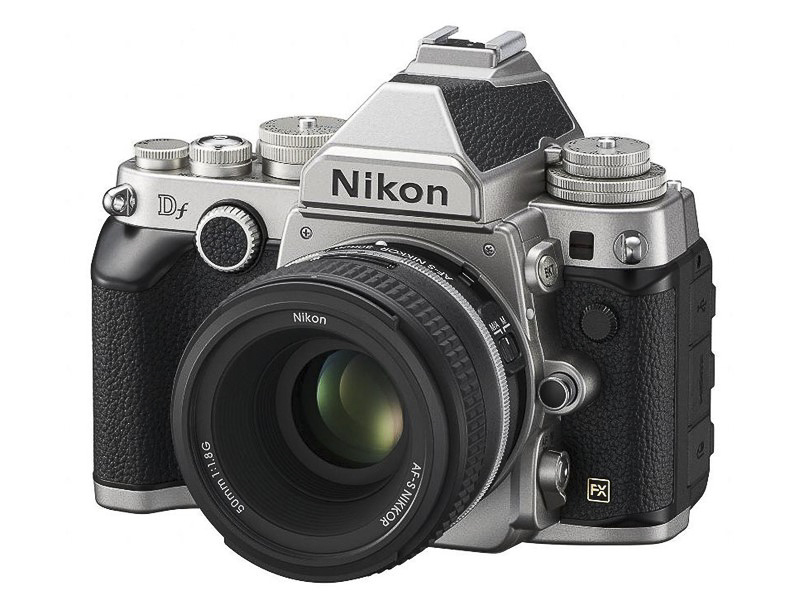
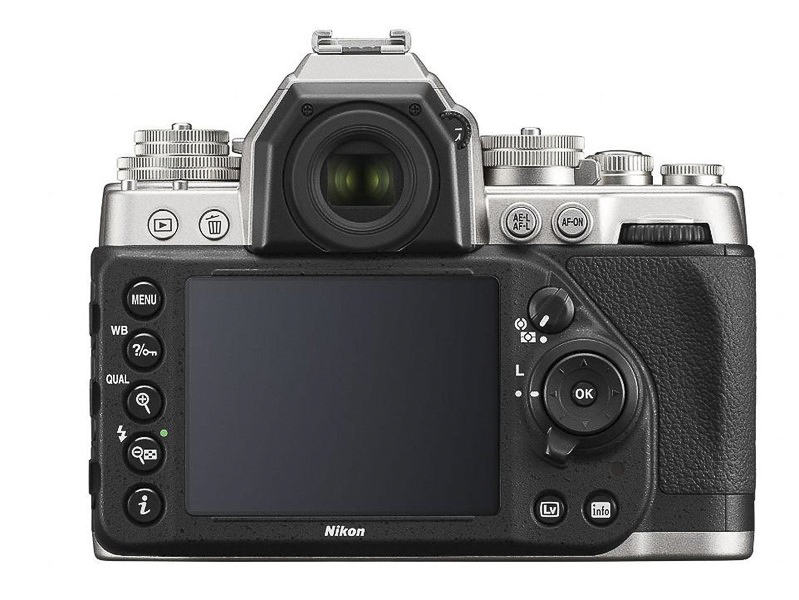
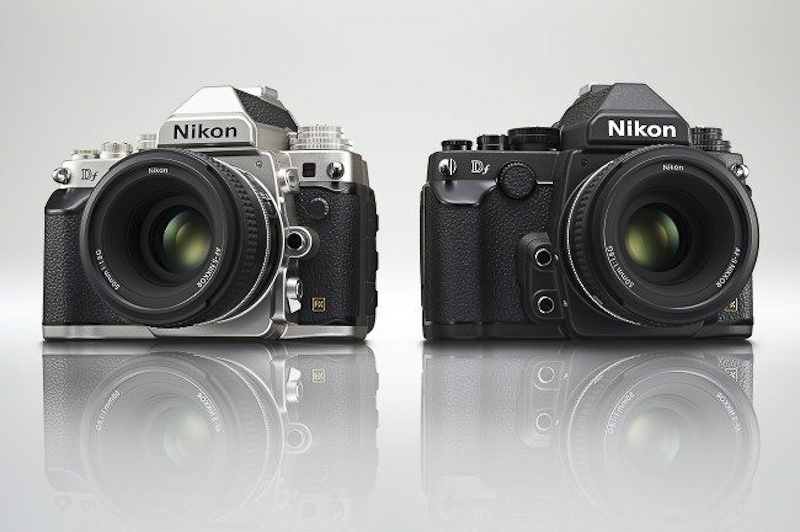
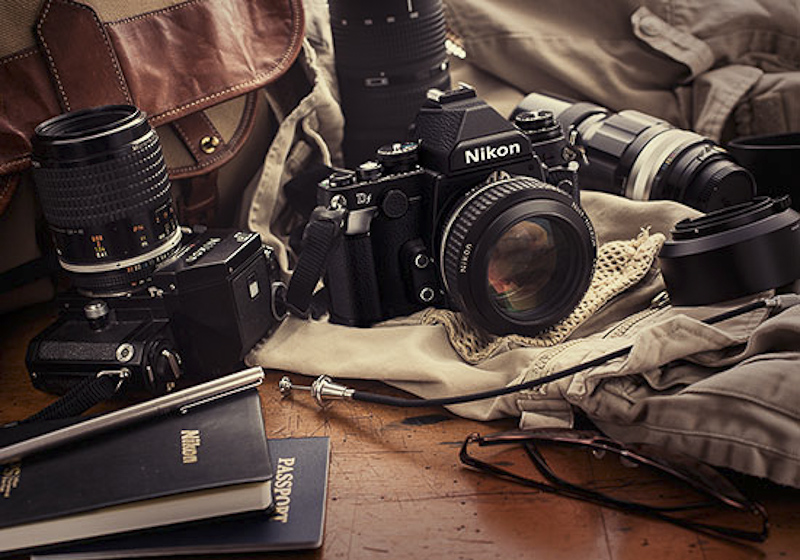
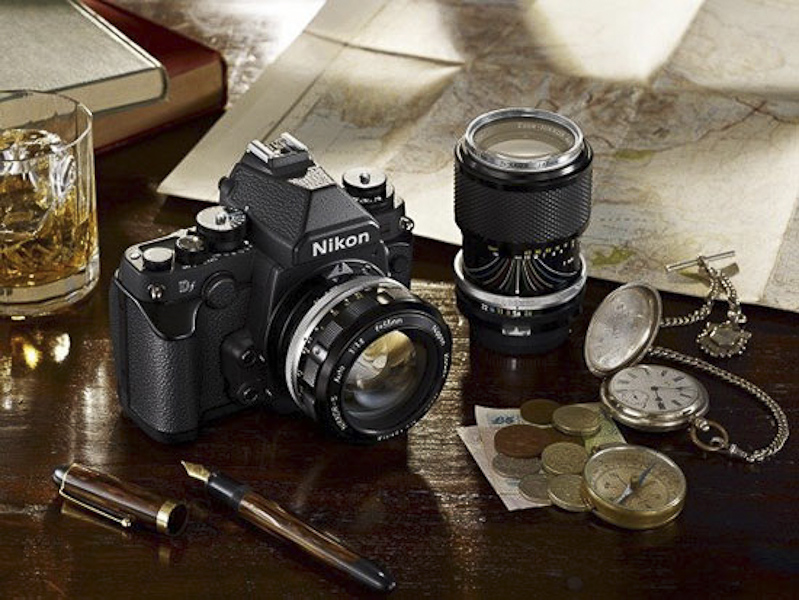
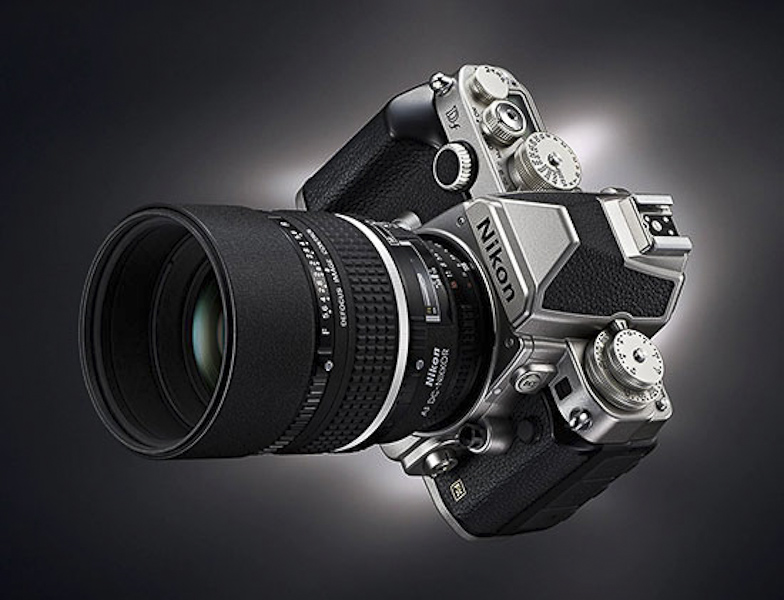
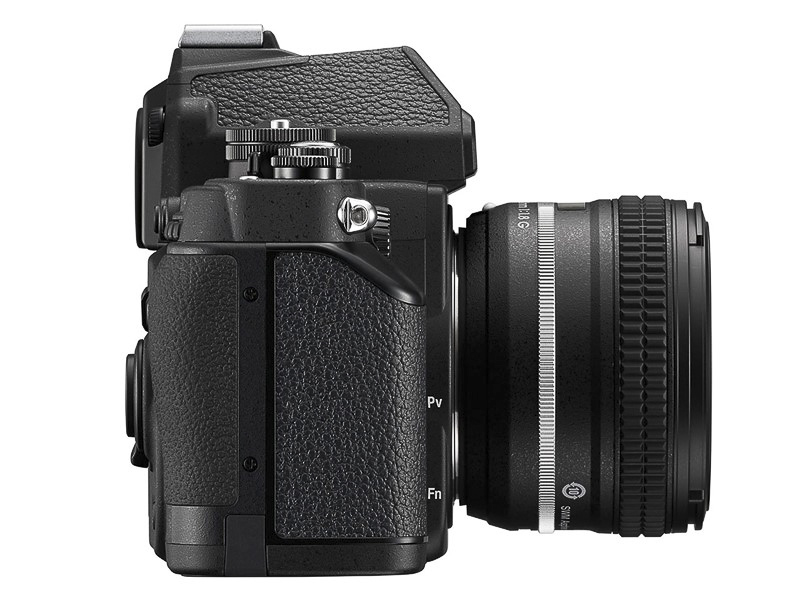
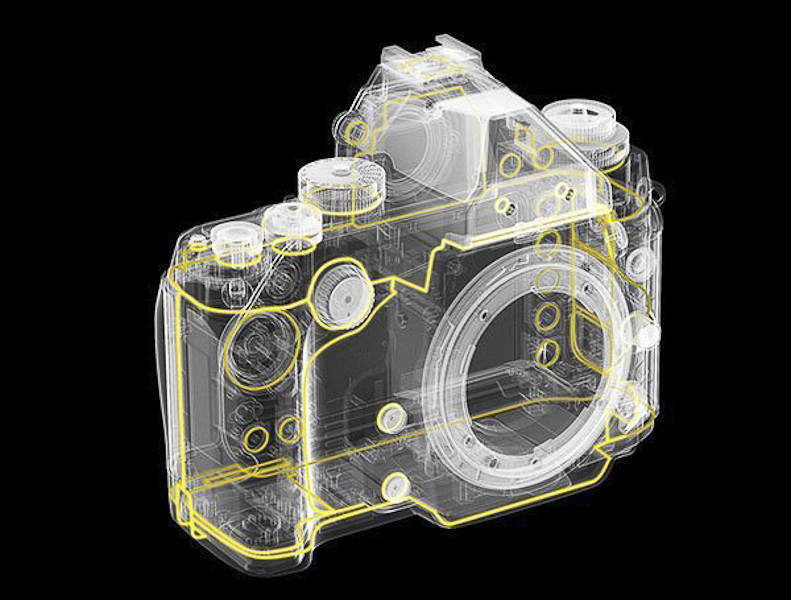
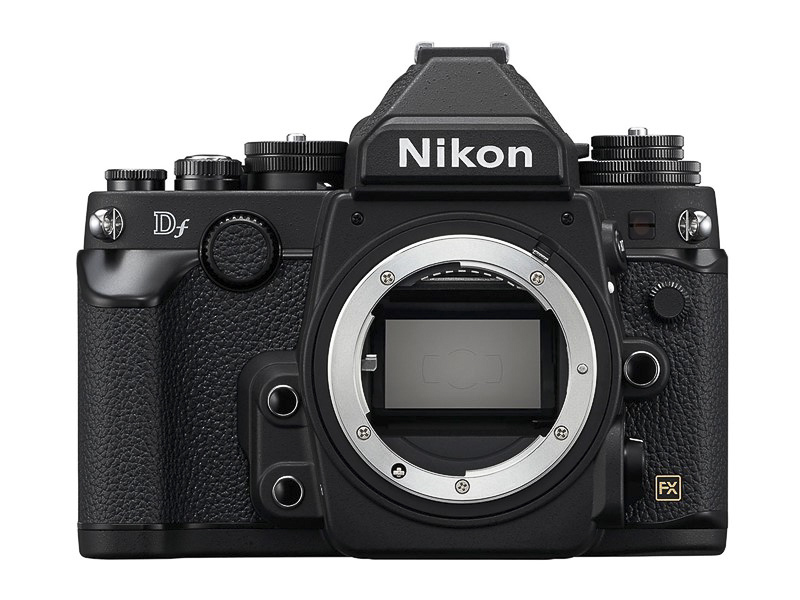
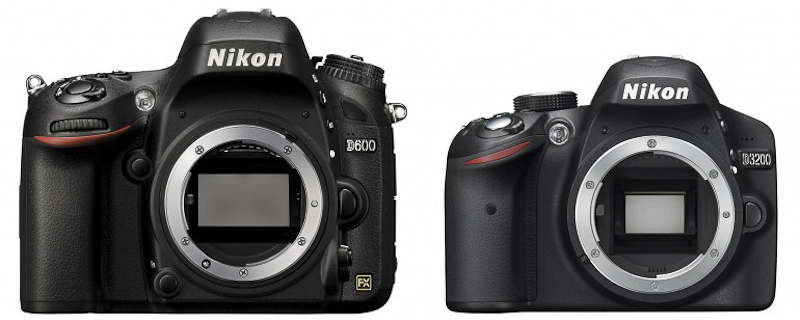
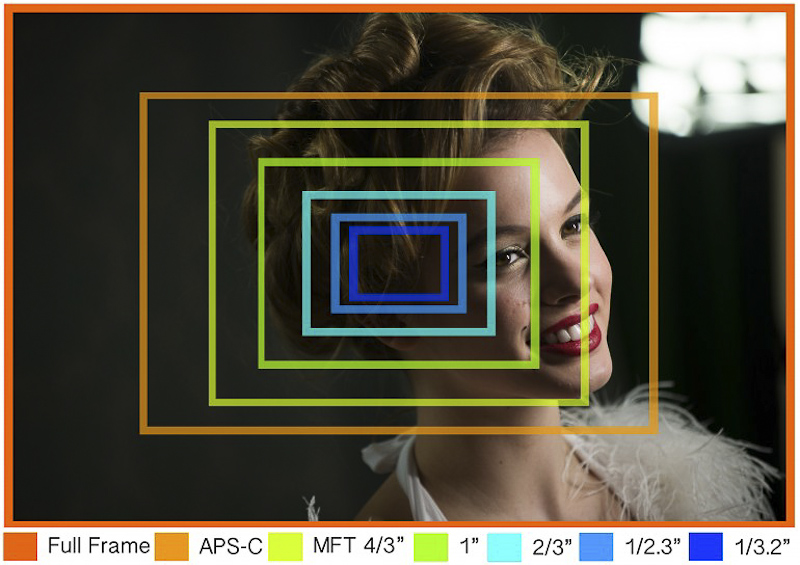
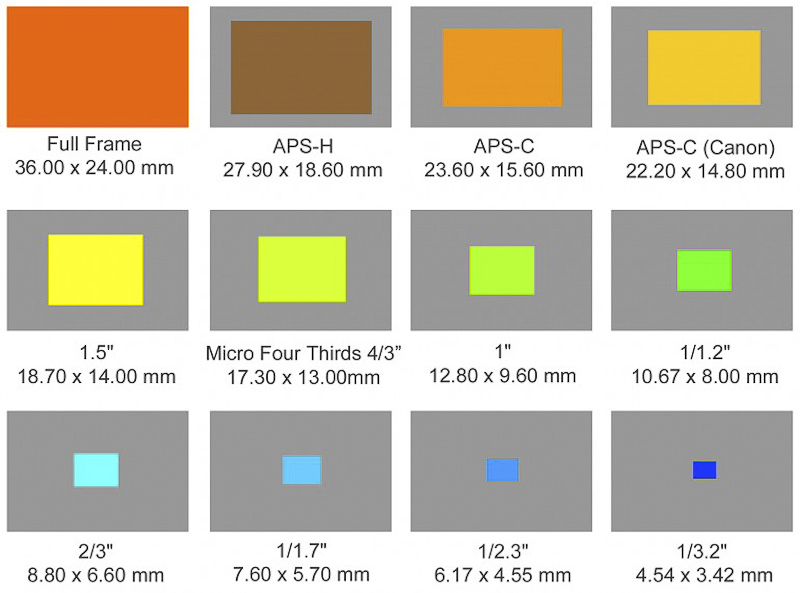
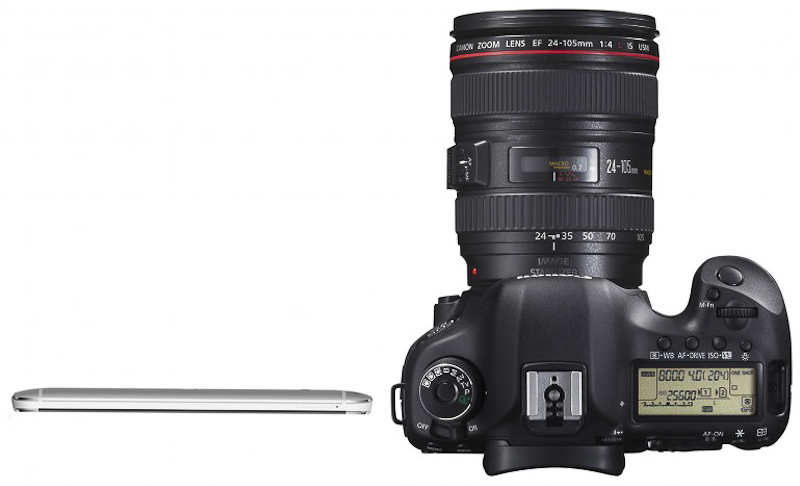
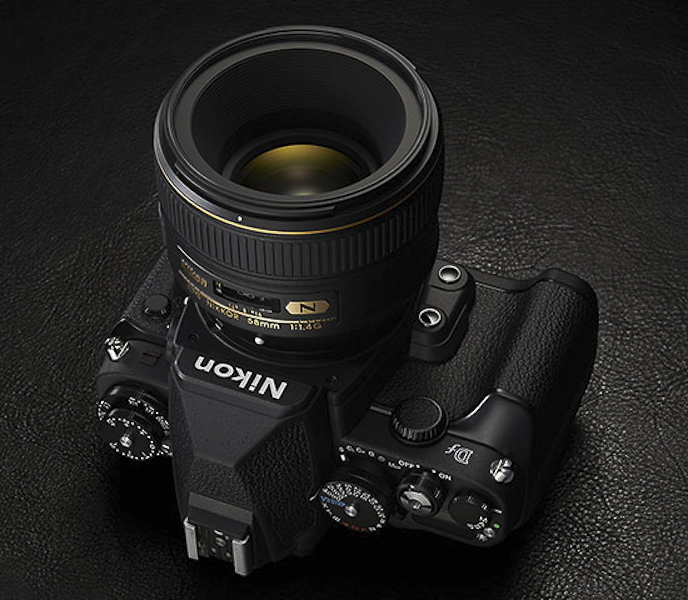
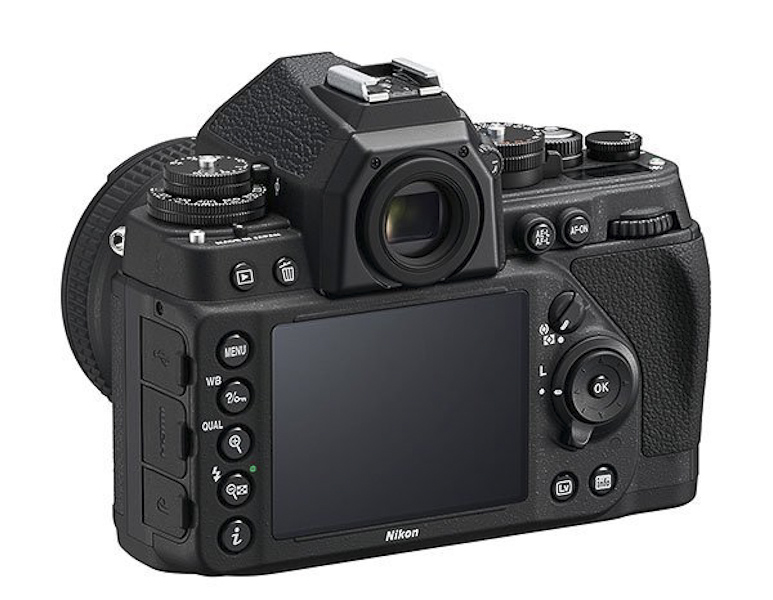
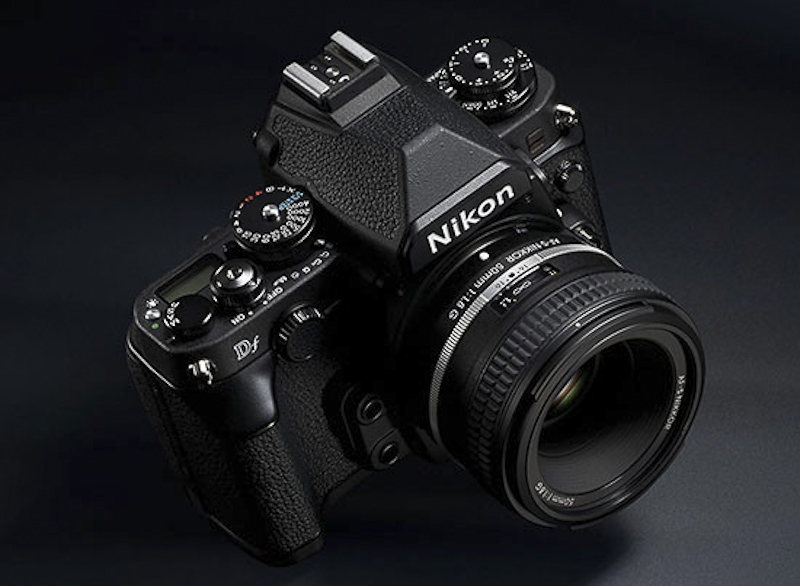
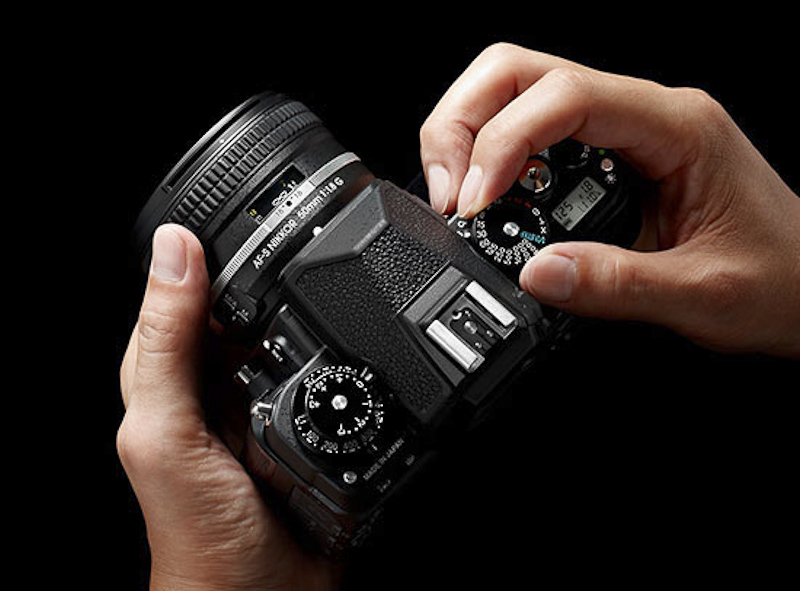
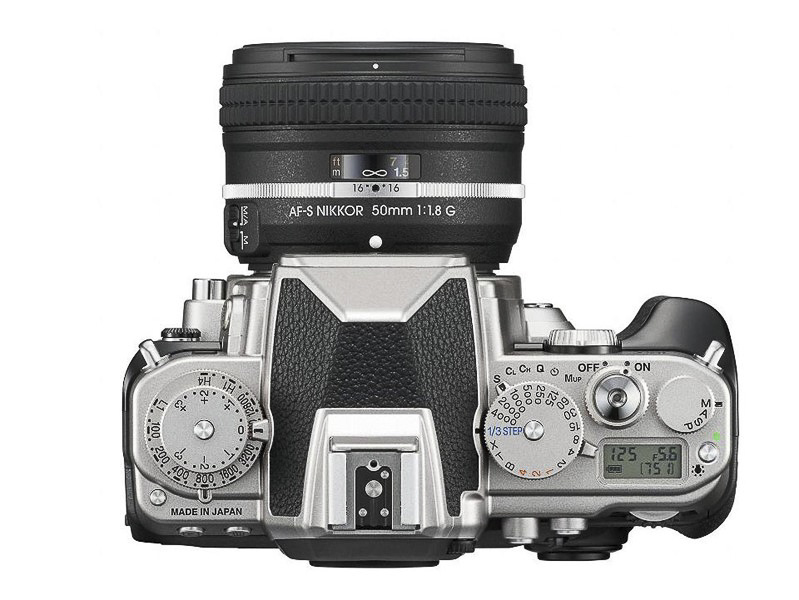
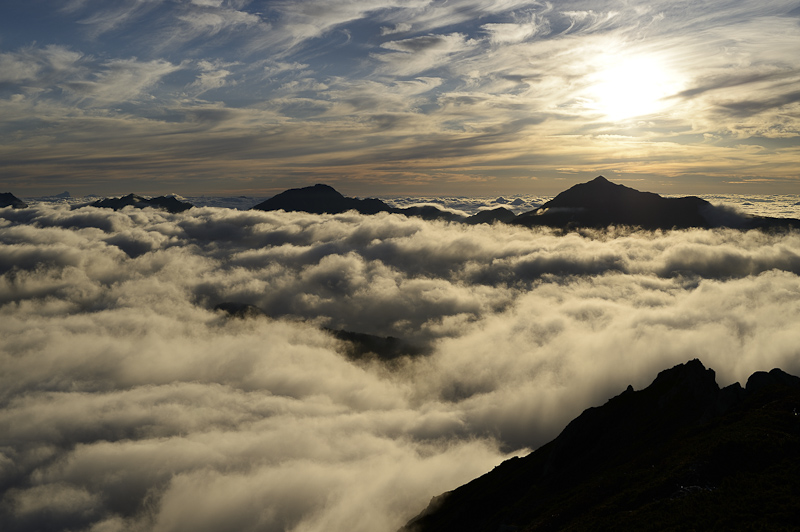
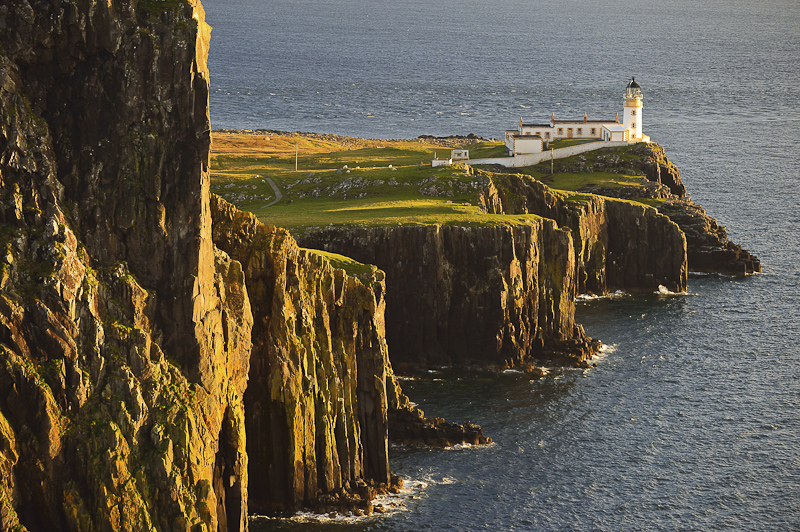
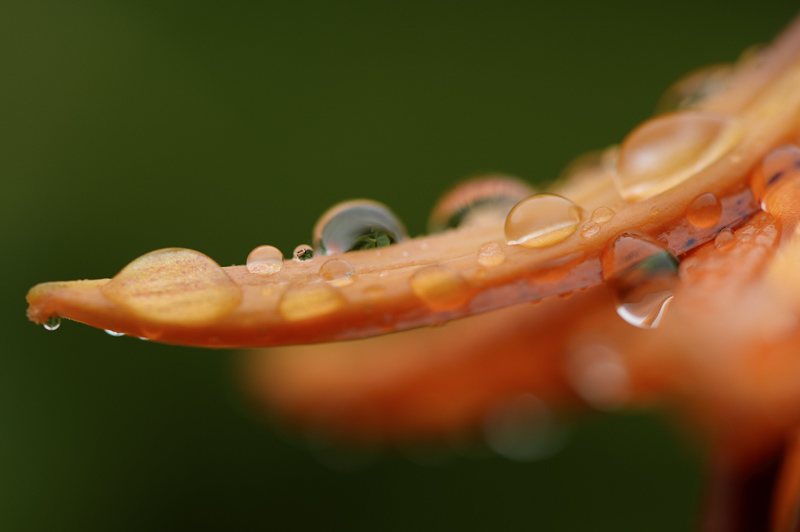
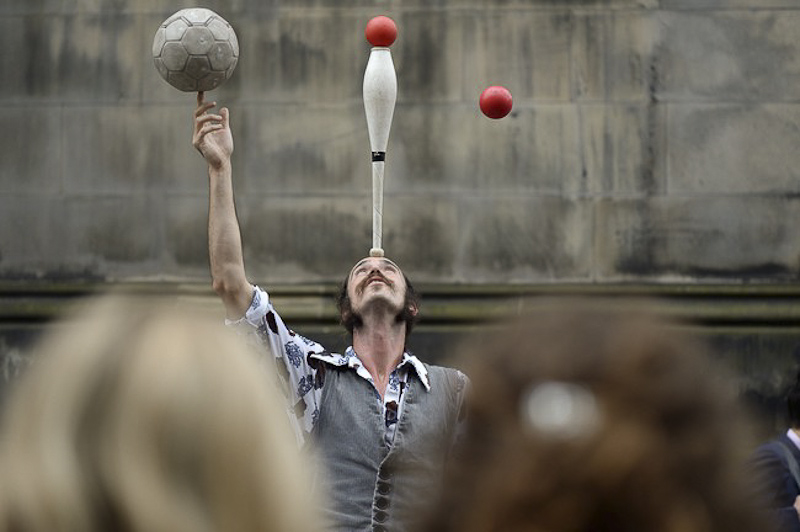

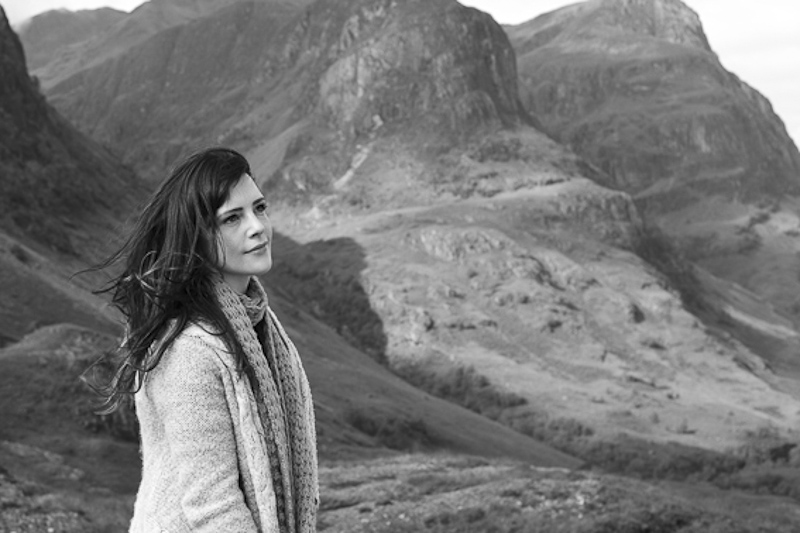
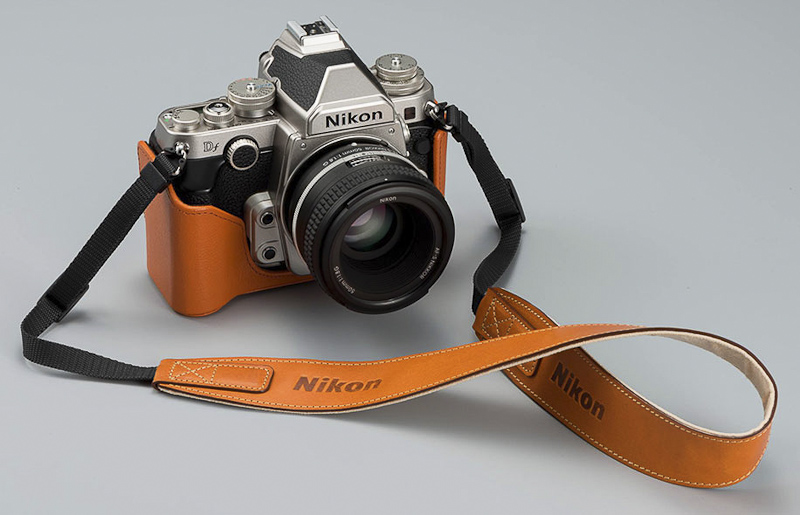



We absolutely love your blog and find many of your post’s to bbe precisely what I’m looking
for. Would youu offer guest writers to write content to suit your needs?
I wouldn’t mind producing a post or elaborating
on most of the subjects you write with regards to here.
Again, awesome web site!
Thank you, I’ve recently been searching for info about this topic for a long
time and yours is the greatest I’ve discovered so far. But, what concerning the bottom line?
Are you sure in regards to the supply?
Concern trainers, admissions reps, as well
ass current pupils about the everyxay performance of the school.
Hello everyone, it’s my first pay a quick visit at this
site, and article is truly fruitful in support of me, keep
up posting these articles.
I think the admin of this web page is really working hard in favor of his website, as here every material
is quality based information.
Thanks for one’s marvelous posting! I genuinely enjoyed reading it,
you might be a great author.I will always
bookmark your blog and will eventually come back very soon. I want to encourage you
continue your great job, have a nice afternoon!
parties are of course very enjoyable, i would never miss a good party specially if it has some great program“